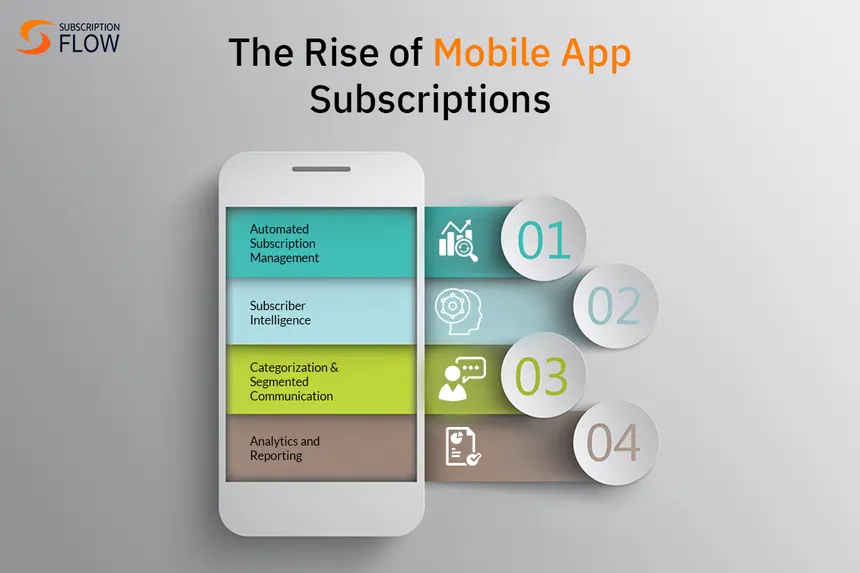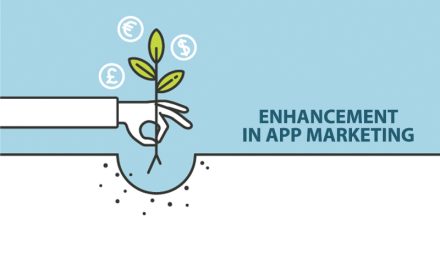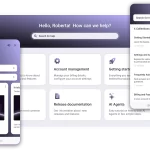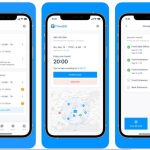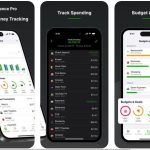Introduction:
Mobile in-app subscriptions are a powerful revenue model, but setting the right price can be tricky. Too high, and users may shy away; too low, and you risk leaving money on the table. In this article, we’ll explore app pricing strategies to help you price your mobile app subscriptions effectively, ensuring both user satisfaction and profitability.
1. Understand Your User Base:

The first step to setting a fair price for your app’s subscription service is understanding your target audience. What are their expectations? How much are they willing to pay for premium content or features? Use surveys, market research, and app analytics to gather insights and gauge what your users value the most.
2. Start with a Free Trial or Tiered Pricing:
Offering a free trial or a tiered pricing structure can give users the chance to experience your app’s value before committing to a subscription. This also allows you to test different price points and subscription models to see what resonates with your audience. A free trial can increase conversions by letting potential customers experience the value you offer firsthand.
3. Consider Competitor Pricing:
Take a close look at competitors who offer similar services or features. Understanding what they charge and how they structure their subscriptions will help you position your app pricing strategies effectively. Make sure to price competitively while keeping your app’s unique value proposition in mind.
4. Test and Iterate:
Don’t settle on a fixed price immediately. A/B testing different subscription models, pricing structures, and promotional offers can help you find the optimal pricing strategy. Keep an eye on conversion rates, churn, and customer feedback to refine your pricing over time.
5. Communicate Value:
Effective communication is key when it comes to pricing. Make sure your users understand what they are paying for and the benefits they’ll receive in return. Clear, transparent pricing with detailed descriptions of what each subscription tier includes can build trust and reduce friction.
6. Adjust Over Time:

Pricing isn’t static. As your app evolves and new features are added, you may need to adjust your subscription prices. Regularly reviewing your pricing structure based on user feedback, market trends, and app performance will help you stay competitive and maximize revenue.
7. Process
| Pricing Model | Key Features | Benefits | Considerations |
|---|---|---|---|
| Freemium | Basic features free, premium features paid | Broad user base, high engagement | Monetization depends on conversion rates |
| Paid | One-time upfront cost for app purchase | Immediate revenue, perceived exclusivity | Limits initial user base, deters trial users |
| Subscription | Recurring payments for ongoing access | Steady revenue stream, fosters long-term users | High churn rate if value isn’t consistently delivered |
| In-App Purchases | Users pay for extra features or content | Continuous revenue, flexible user spending | Balancing free content with paid options |
| Ad-Supported | Free app access, revenue through advertising | Large user reach, no user cost | Potentially intrusive ads can drive users away |
| Hybrid | Combination of freemium, subscriptions, ads, or purchases | Maximizes various revenue streams | Complexity in balancing different models |
Conclusion:
Pricing mobile app subscriptions is a dynamic process that requires careful planning, testing, and adjustments. By understanding your users, testing different models, and effectively communicating the value of your app, you can set a price that attracts customers and generates sustainable revenue.

